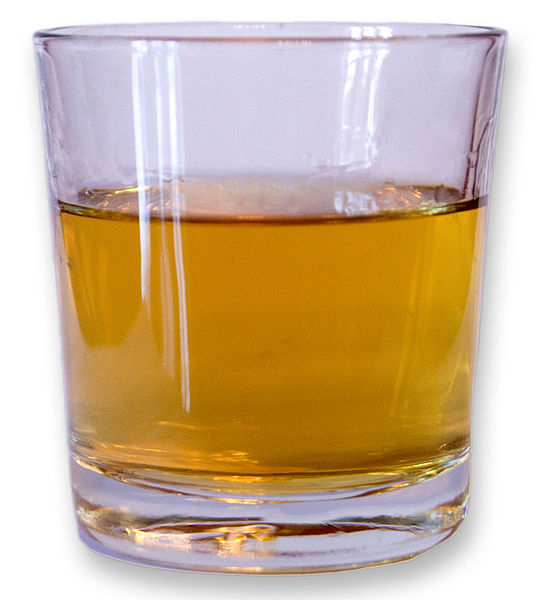Whisky Live Festival, Cape Town November 2011

I went to the Whisky Live Festival in Cape Town last Friday evening - the last day of the Festival - definitely a good choice.
International Convention Centre
Emma, a visitor from Scotland, persuaded a group of us to go, and we made our way to the International Convention Centre. We got a group rate, and 12 redeemable coupons for tasting. We decided that we would specialise on the single malts - a whisky made from the product of a single distillery rather than a blend between distilleries.
The first surprise we got was that many of the stands asked for two coupons per taste, rather than the one we had been expecting. However, this did not turn out to be a problem - by the end of the evening nobody bothered asking for coupons as it was the last day.
The booth babes were gorgeous, and most seemed knowledgeable on their products.
A good early stop was made at the stand for the Whisky magazine, who issued awards for the whiskys. The gentleman on the stand said that the overall winner that year had been a Japanese whisky - but it appeared that there were no Japanese whiskys available for tasting in Cape Town, either on his stand (stocked with also-rans from the competition) or on other stands. He recommended the Independent bottlers stand as worth a visit.
I had an early taste of a Dalwhinnie - from a very impressive stand giving tastings. I learned from Emma about Speyside- one of the centres of the Scottish single malt industry.
Glen Grant
Another stand that stood out for me was the Glen Grant stand, where the very knowledgeable South African Marketing manager gave us a rundown of their products. They also had a whisky workshop, where they had three sessions explaining the process of making whisky.
I managed to get a seat in the workshop, where the white-haired gentleman explained the process - which starts very similar to beer. Malted barley is cooked and rinsed to extract the sugar - maltose, created by enzymes from the starch in the barley grain when it germinates.
The yeasts they use are different, however - the distiller’s yeast can stand much higher concentrations of alcohol. The yeast is allowed to do its work, and the first distillation step produces Low wine - with alcohol concentrations up to 60%. Another distillation step is performed
- being careful to skip the initial distillation products and the end distillation products, and keeping the ‘heart’ of the whisky.
The end result of this is a clear liquor - of quite high alcohol concentration, ready to be aged. Second hand barrels from the sherry industry are very popular, as well as Madiera wine barrels. It is this step that gives the whisky its colour and much of its taste. Scottish whiskys must be aged a minimum of three years, but can be kept as long as 21 years.
We got to taste in the workshop the Low wine (rough, strong), the 3 year, 10 year, and 12 year Glen Grant products.
Jack Daniels
I bumped into friends Ashley and Barbs there, and also made my way to the Jack Daniels stand, where I learned the differences between Bourbon Whiskey and scotch. American whiskeys all contain at least 51% of another grain, either corn, Rye, or wheat, though they also have a 51% barley product, Malt whiskey. The Glen Grant man had no nice things to say about any grain other than barley.
We tasted some nice Welsh whisky, and Ireland were also well represented. The coupon system was out of the window by the end, so most of the stands were offering free tastings.
A very pleasant evening.